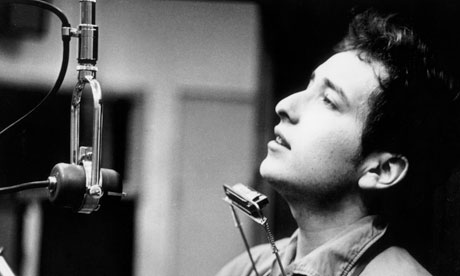Human physiology.Why is that??arny said:You're asking the wong people. Singlers don't lhear themselves sing like the rest of us do. There is considerable bone conduction.
Almost all the DVD's I have clearly show them with custom made in ear phones. I would assume that is what they are using to hear their own vocal feeds.
Incomplete assumption. The IEMs are primarily used to deliver the sounds of the other musicans. Beleive it or not, musicans are incredibly interested in playing and singing in synch with each other. That is one of the most important things to them while they perform. Possoble exception: drummers.
One strong advantage of IEMs is that they minimize bleed from the monitor mix to the musican's mic.
In live sound where there is a lot of lleakage from the other musicans and the house, some of the musican's own sound may be routed into his monitor (whether speaker or earphones) to overcome that leakage or spill. That's called in the trade: "More me". ;-)
I understand that they don't hear themselves the way we do but all said in done they certainly hear the results of any techniques they chose to use in the playback of their studio work.
The error here is that you seem to think that musicans always have a say or somehow control the EFX that are used during mixing or mastering.
Looking at things from that perspective who else should I be asking??
If don't trust me I would be happy to ignore your posts and instruct others to do the same. You seem to think that you can deduce the rather complex arts of recording and live sound from a few publicity stills and maybe a video or two, and then argue with experienced practitioners.
Is it all just a little added drama or is it deliberate for their sound.
By now you should have seen a post from a musican who said about the same thing as I.
I am not talking strictly sound quality here.
?????????


















